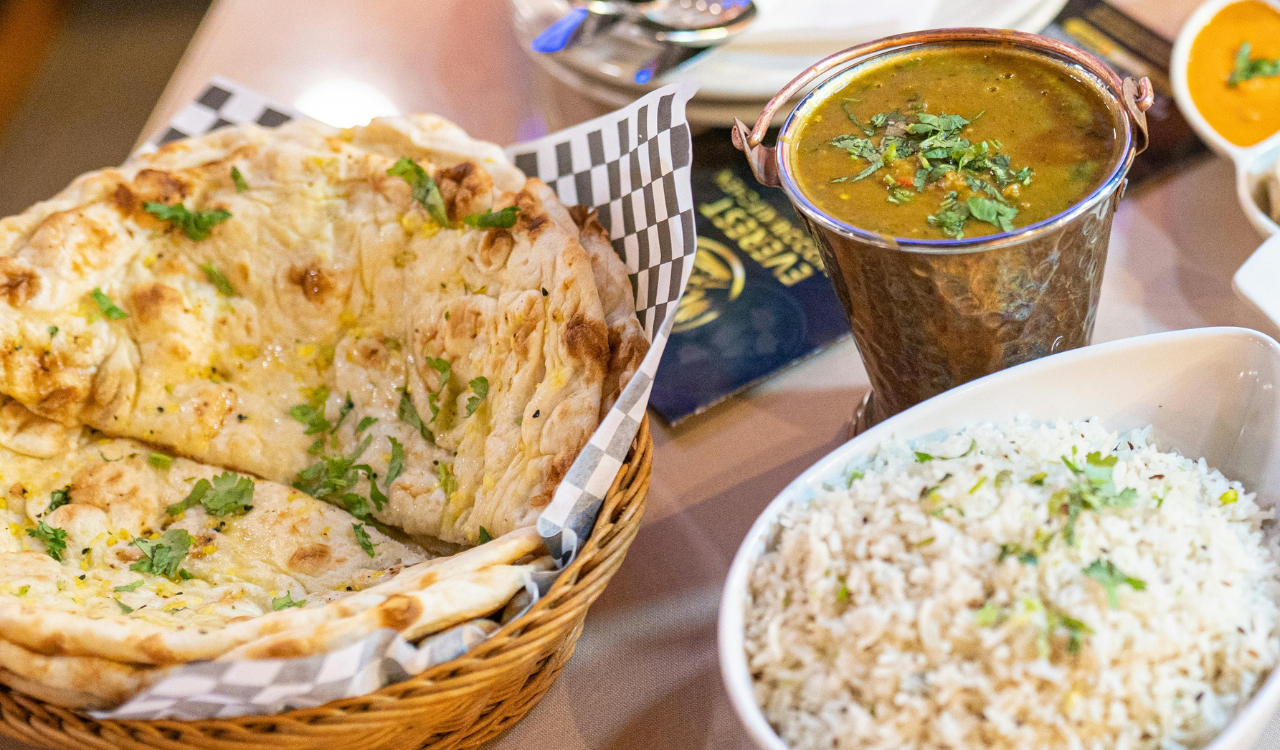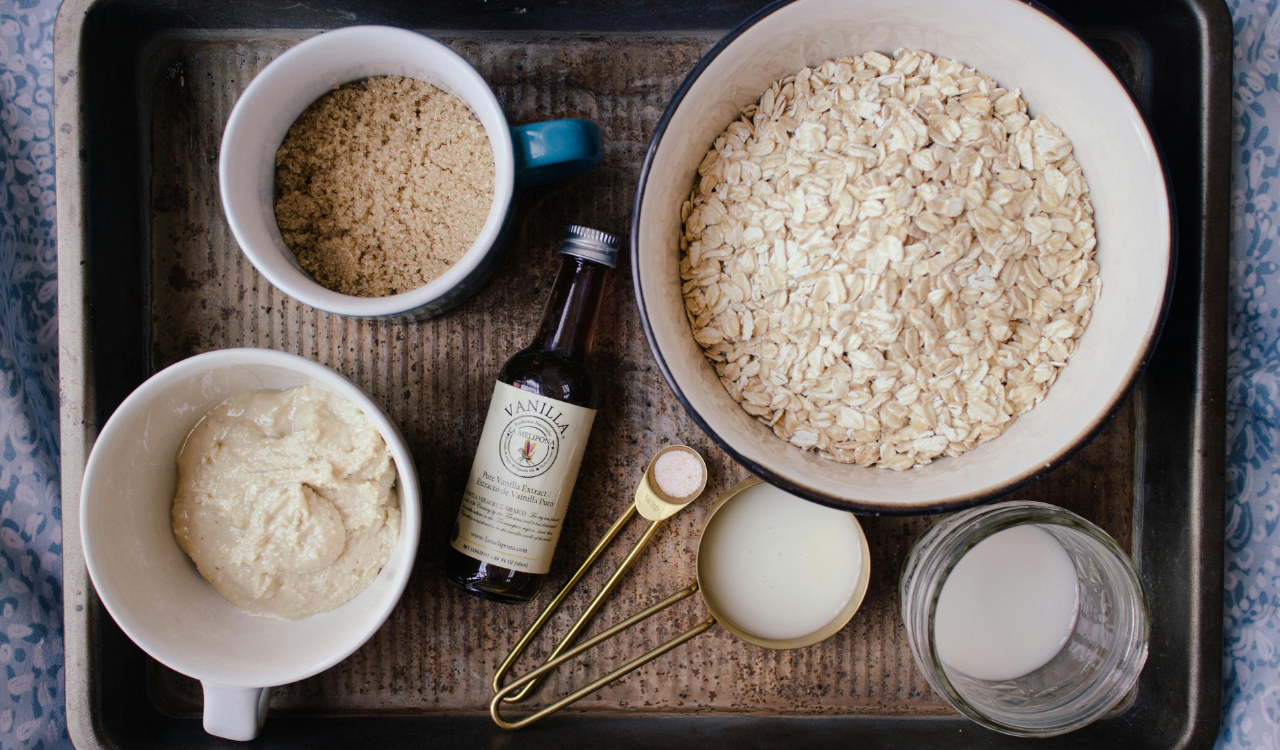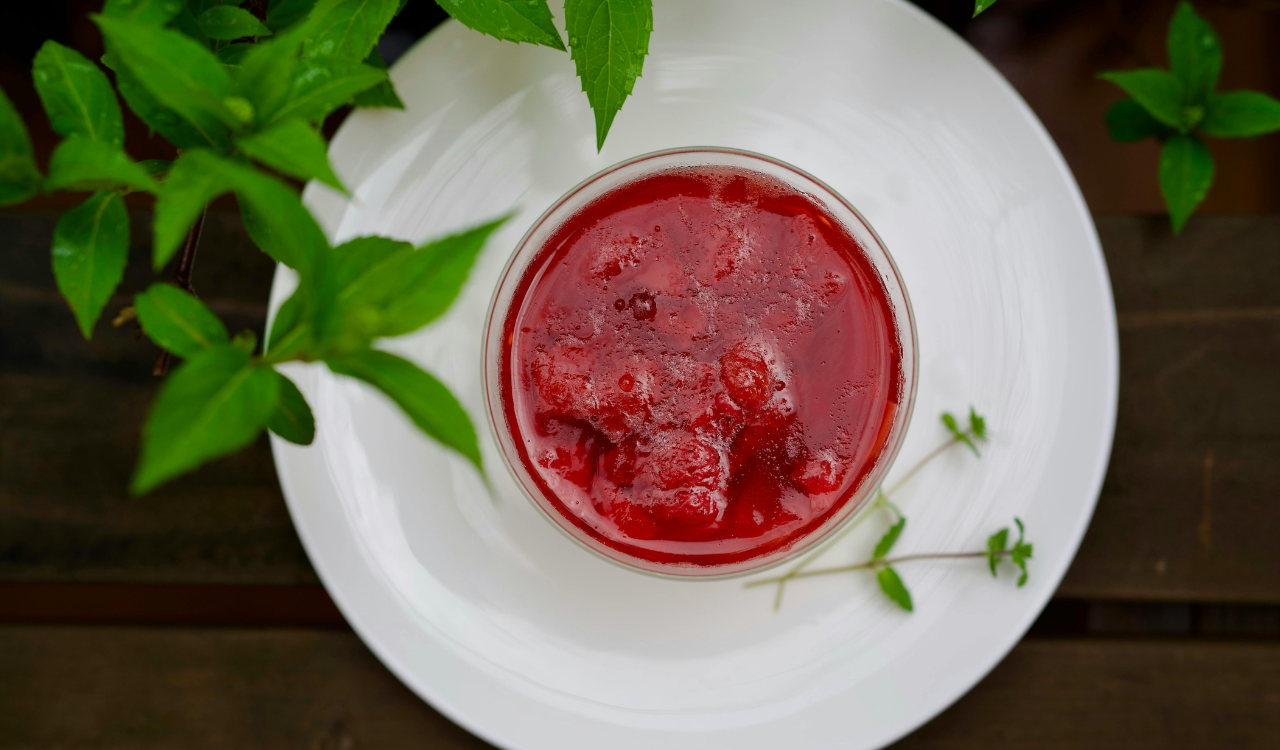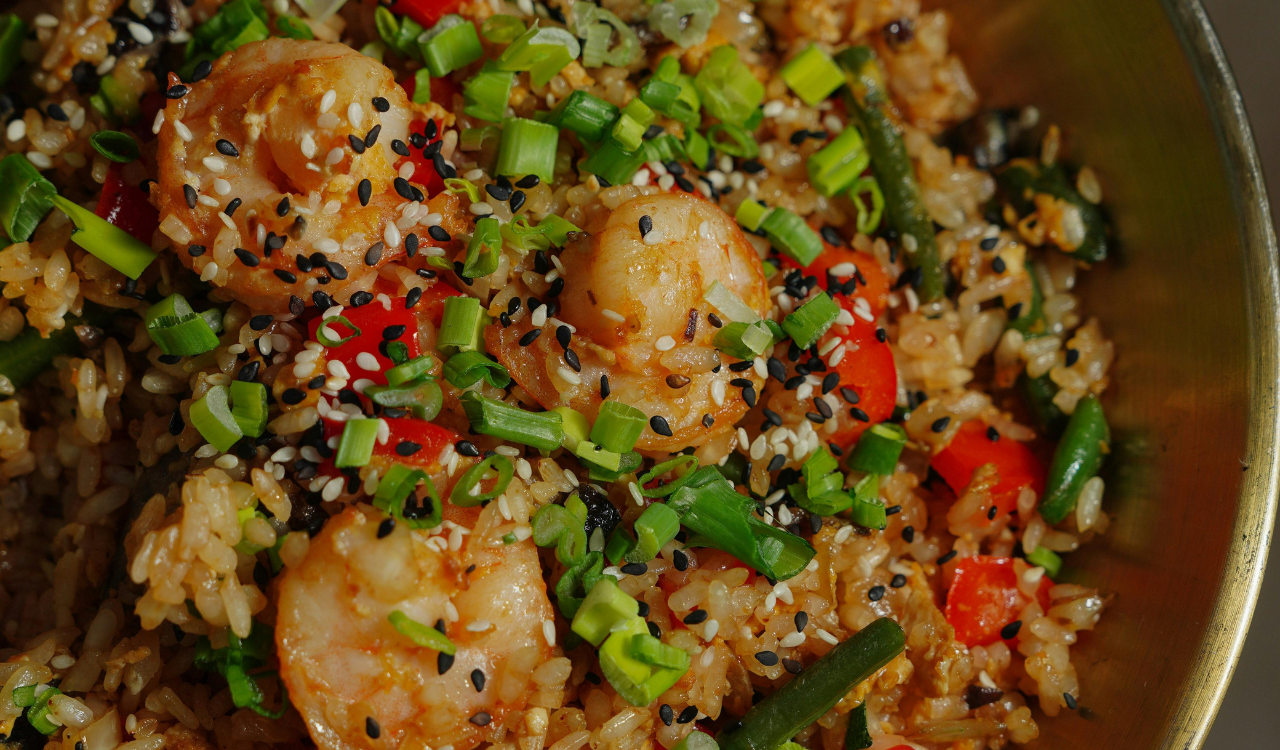14 Oldest Soda Labels Still Pouring Today
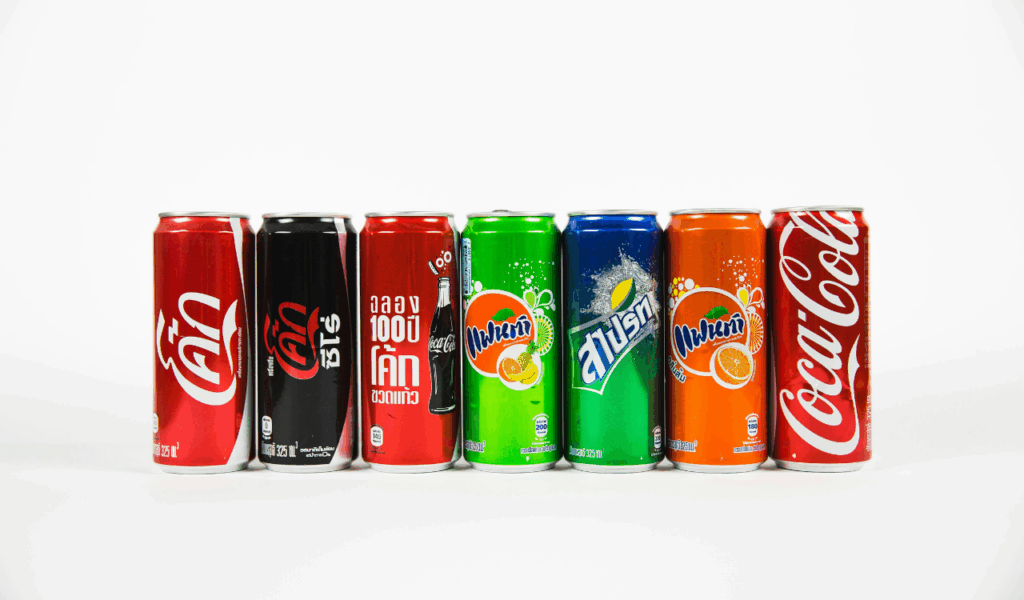
Soda has been a popular drink for more than 100 years, and some of the most famous brands date back to the 1800s. These beverage brands have been around for a long time, from small drugstores to huge global empires. The bubbly classics keep coming, even when new flavors and health trends come and go. This article will look at 14 of the oldest soda brands that are still being made today. You’ll learn where they came from, what makes them special, and why they’ve been in our cups for so long.
1. Vernors (1866)
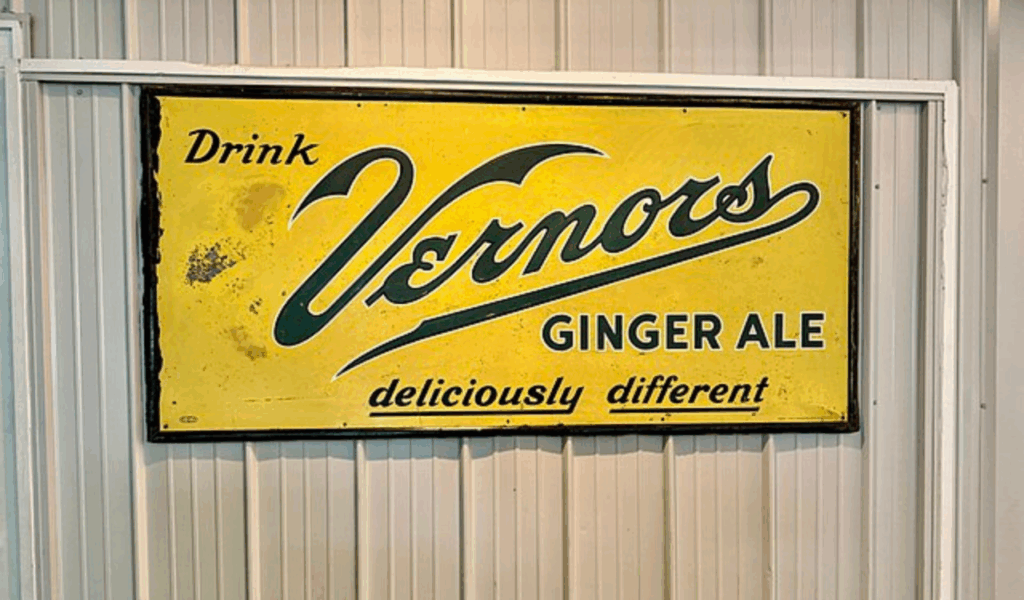
People say that Vernors is the oldest ginger ale still being made in the United States. James Vernor, a pharmacist in Detroit, Michigan, made it in 1866. It was first matured in oak barrels, which gives it a strong, sweet-spicy flavor with a strong vanilla finish that makes it stand out from other ginger ales. Vernors is a popular drink in the Midwest, especially in Michigan, and is commonly included in regional recipes like the Boston Cooler. Its unique flavor and strong regional allegiance have kept it popular for more than 150 years.
2. Hires Root Beer (1876)
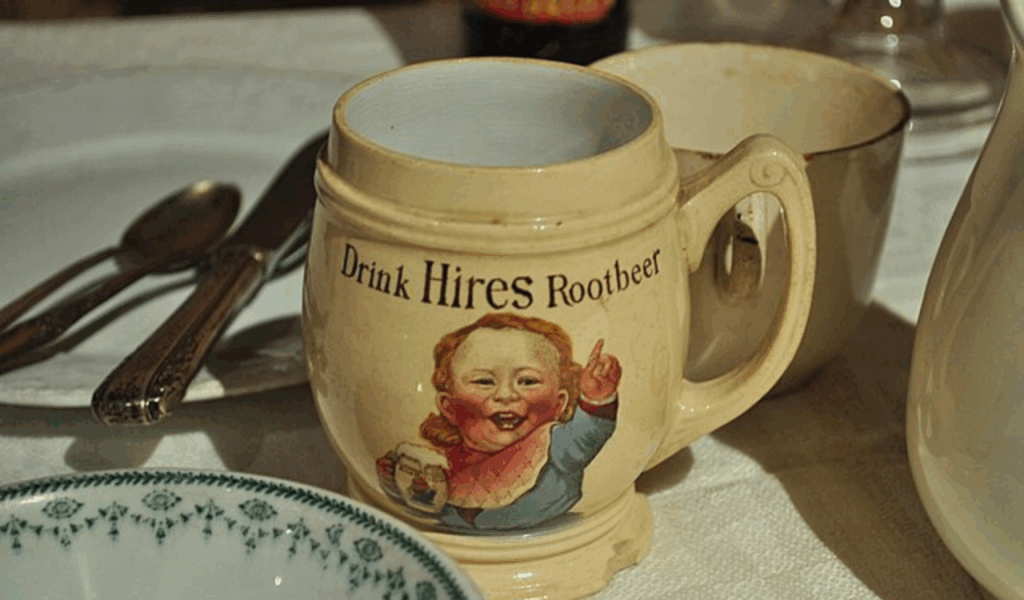
At the 1876 Philadelphia Centennial Expo, Charles E. Hires introduced Hires Root Beer and marketed it as a health tonic. It was one of the first commercially successful root beers and was made from a variety of roots and herbs, such as sassafras and sarsaparilla. The label still exists today, but it has changed hands many times over the years. It is now owned by the Dr Pepper Snapple Group. Hires isn’t as easy to find as it used to be, but root beer enthusiasts still love it because of its distinctive, earthy taste.
3. Dr Pepper (1885)
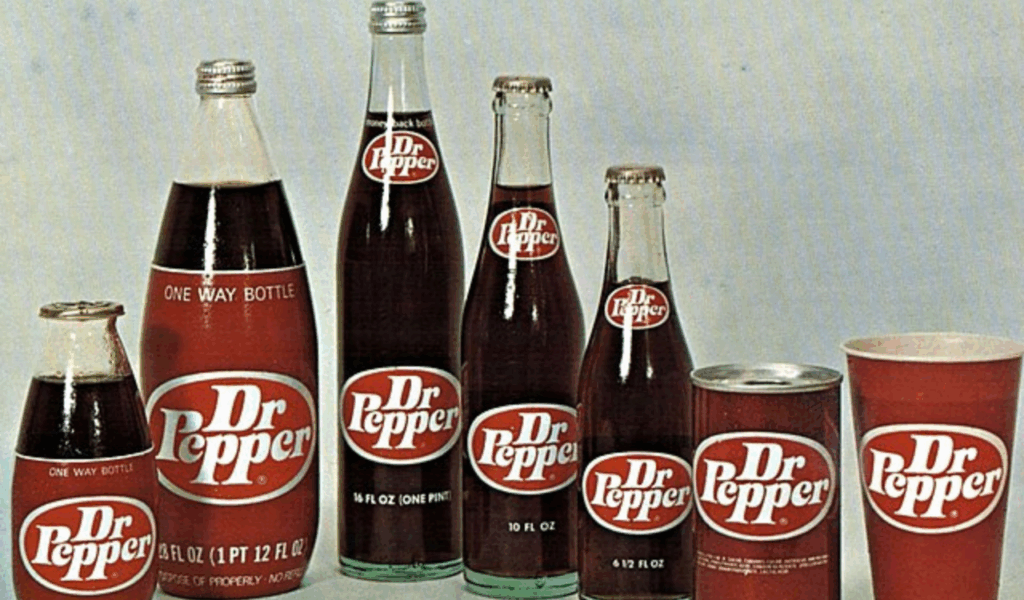
Dr. Pepper was made in Waco, Texas, in 1885 by pharmacist Charles Alderton. It is older than Coca-Cola and is still one of the oldest significant soda brands. It has a taste that’s hard to put into words but easy to recognize because it has a unique mix of 23 flavors. The brand’s persistent marketing and the mystery behind its success are what make it work. At first, people bought Dr Pepper to help with digestion and give them energy. Today, it’s a well-known name that people all over the world like because of its rich, nuanced, and slightly spicy flavor.
4. Moxie (1884)
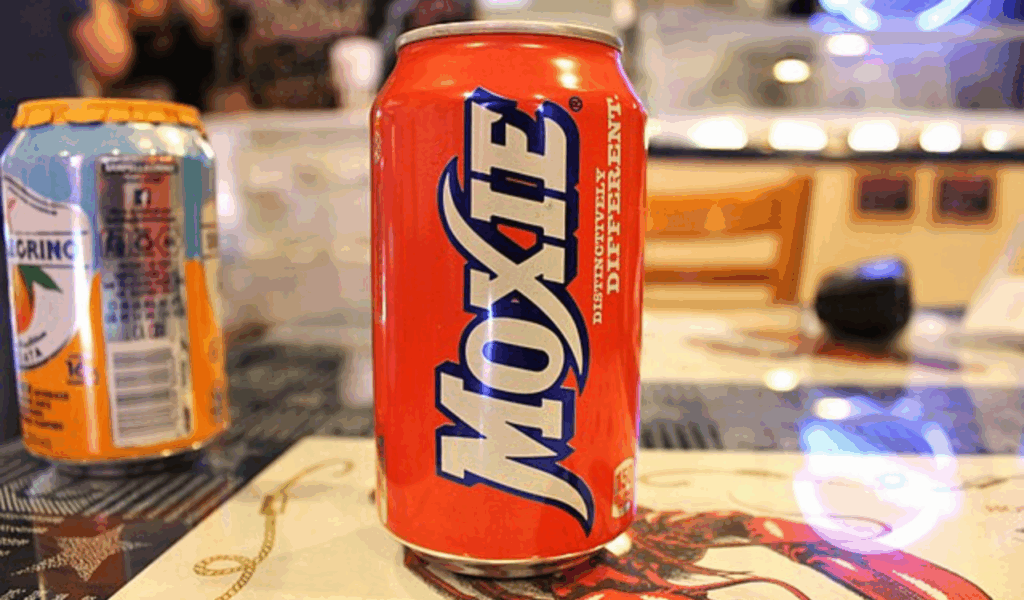
Dr. Augustin Thompson came up with Moxie in 1884. It started off as a medicine and then became a soda. Moxie has a bitter, herbal taste because it contains gentian root extract. This makes it taste sharp, which some people love and others don’t. It used to be very popular in New England, and the slang word “moxie,” which means boldness or nerve, came from it. It doesn’t get as much attention these days, but it’s still made and has a cult following, notably in Maine, where it’s the state’s soft drink.
5. Coca-Cola (1886)
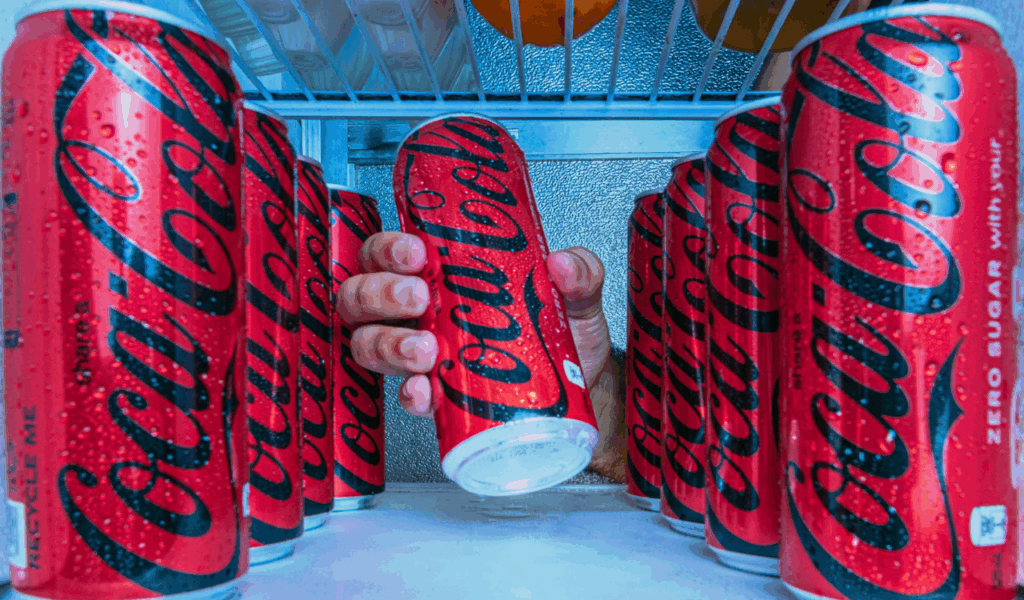
Dr. John Pemberton created Coca-Cola in Atlanta in 1886. It is probably the most famous drink of all time. It started off as a tonic using coca leaves and kola nuts, but now it’s a worldwide brand known for its sweet caramel taste. It did well at first because of its branding, vigorous marketing, and the fact that it was easy to find at soda fountains. It is still a leader in the beverage sector and is sold in more than 200 countries. Coca-Cola has had a bigger impact on culture and advertising than most other products.
6. Brad’s Drink (1893) became Pepsi
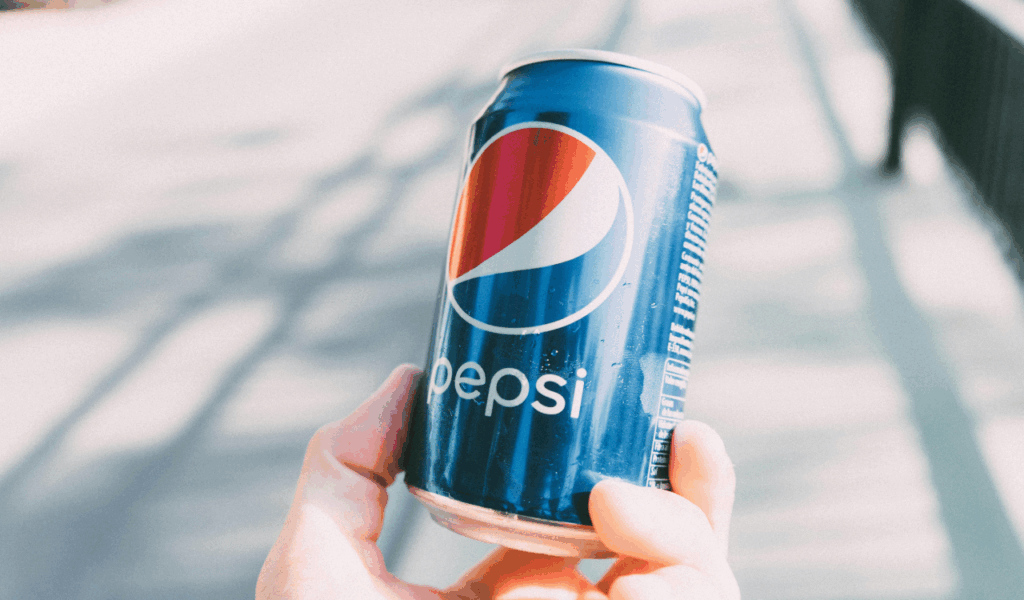
Caleb Bradham, a pharmacist from North Carolina, first offered the drink as Brad’s Drink in 1893. It was later renamed Pepsi. In 1898, the name was changed to Pepsi-Cola, which means “dyspepsia” in Latin, and it was meant to help with digestion. During the Great Depression, Pepsi became popular as a cheap alternative to Coca-Cola. Since then, it has grown into a global soda behemoth. It has been a powerful competitor to Coca-Cola for more than a hundred years because of its sweet, citrusy flavor and excellent branding.
7. White Rock (1871)
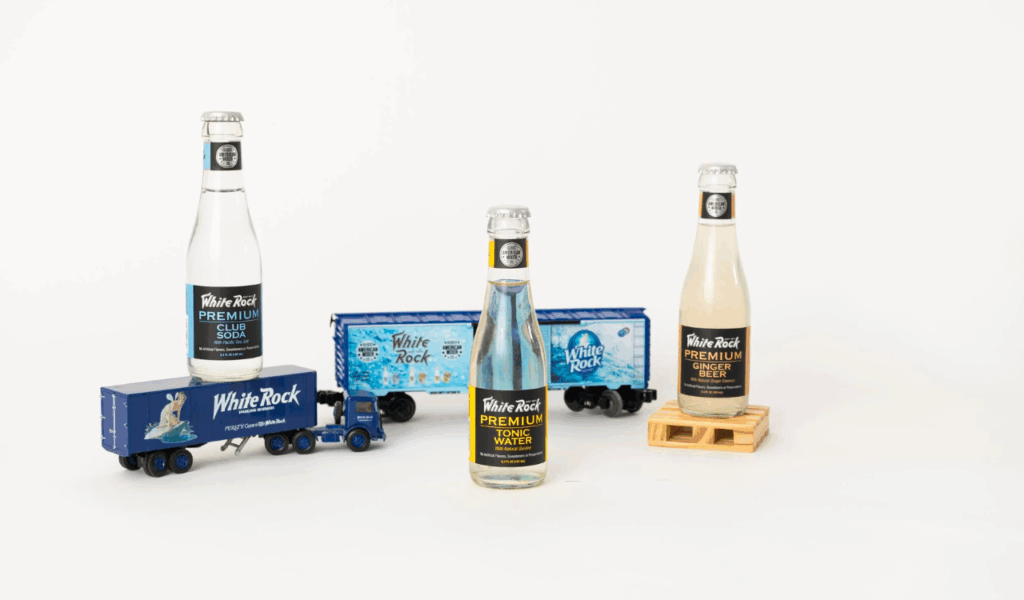
In 1871, White Rock started off as a mineral water company in Wisconsin. In the late 1800s, they added flavored sodas to their line of products. People started to know it for its sparkling drinks and unique labels with the mythological Psyche image on them. White Rock used to be a high-end soda brand that was offered on first-class flights and at big events. The brand still makes flavored seltzers and mixers, but they aren’t as popular as they used to be. It became a pioneer in the American soda market because of its long history and high-end positioning.
8. Faygo (1907)
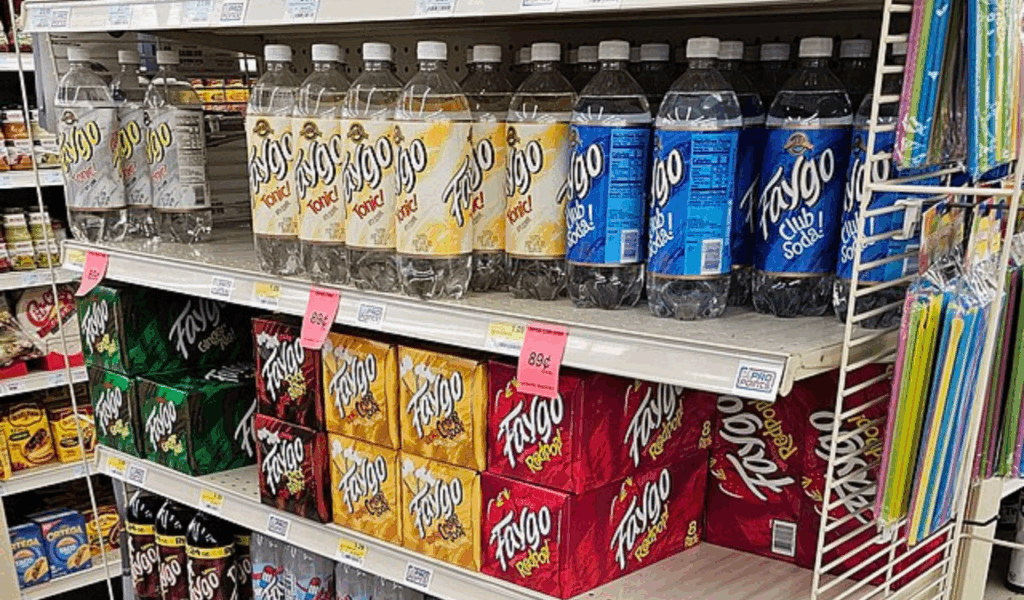
Ben and Perry Feigenson, Russian immigrants who worked as bakers, started Faygo in Detroit in 1907 as a brand of fruit-flavored sodas. The first recipes were based on the tastes of frosting that they used in their bakery. Faygo became very famous in some areas because of its fun and unusual tastes including Redpop, Rock & Rye, and Moon Mist. People loved it in the Midwest because it was cheap and had a lot of choices. In the 1990s, it got national prominence. Faygo is still a popular brand today, with more than 50 flavors and a long history.
9. Dad’s Root Beer (1937)
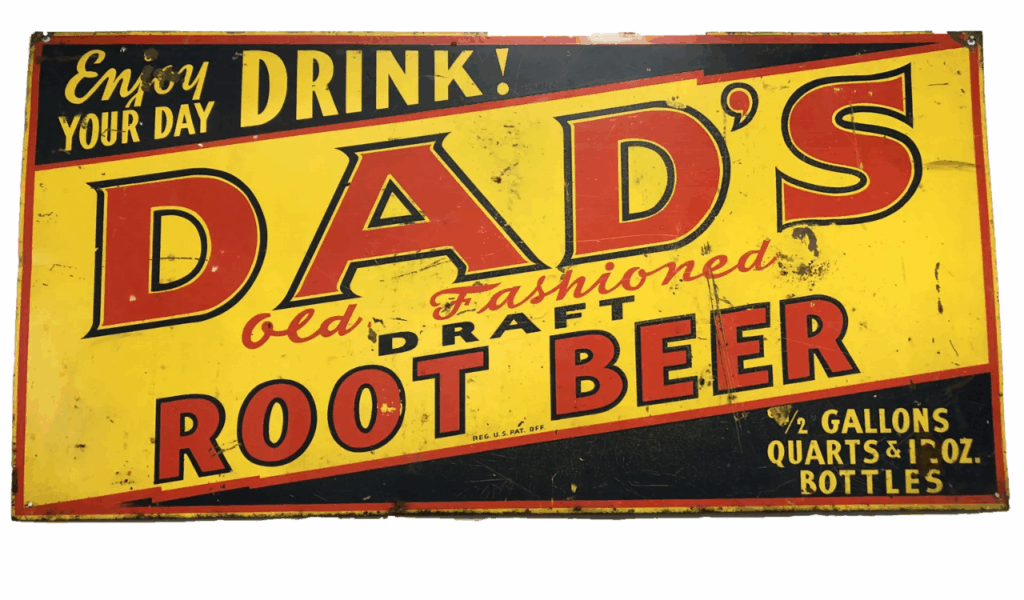
Dad’s Root Beer was founded in Chicago in 1937 and quickly became one of the most well-known root beer brands in the country because of its unusual taste and memorable advertising. The name of the brand shows that it is family-friendly. Dad’s stood out in a busy market because of its smooth vanilla flavor and thick, creamy texture. It was also the first root beer to come in six-packs and one-liter bottles, which changed the way things were packaged. It’s still easy to find now, and many stores keep it on hand for people who want to taste the old-fashioned American way of life.
10. Bubble Up (1919)
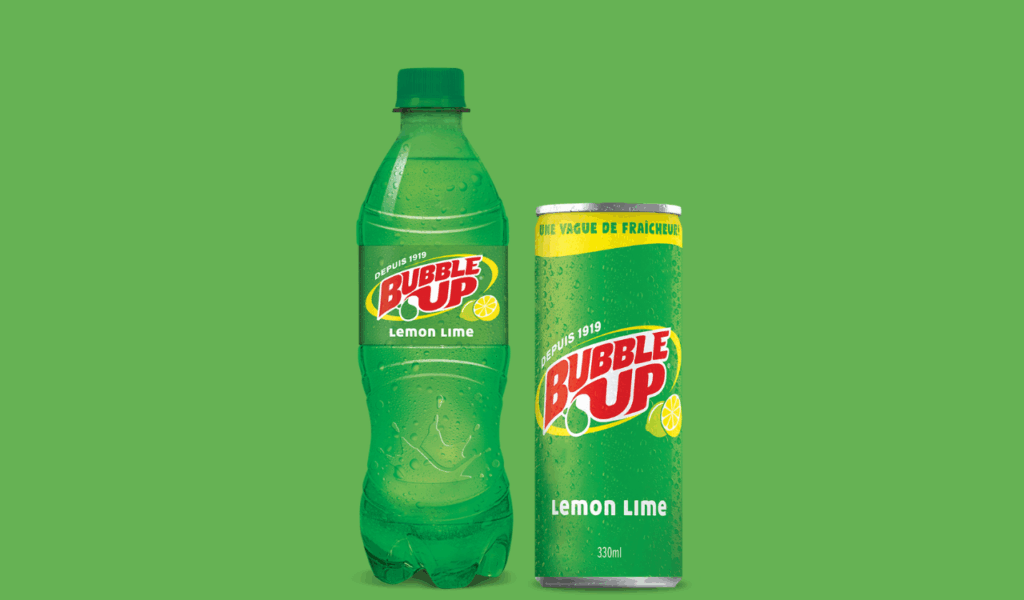
In 1919, Bubble Up started out as a lemon-lime soda. Many people thought it was an early rival to 7UP. It never reached the same level of commercial success, but it did gain a loyal fanbase. The drink is crisp and lemony, and it has a cleaner aftertaste than most current sodas. Bubble Up has had a number of different owners, but it is still bottled, especially as a throwback or novelty soda. It still has its iconic branding, which reminds them of how much Americans used to enjoy fizzy lemon-lime drinks.
11. NuGrape (1921)
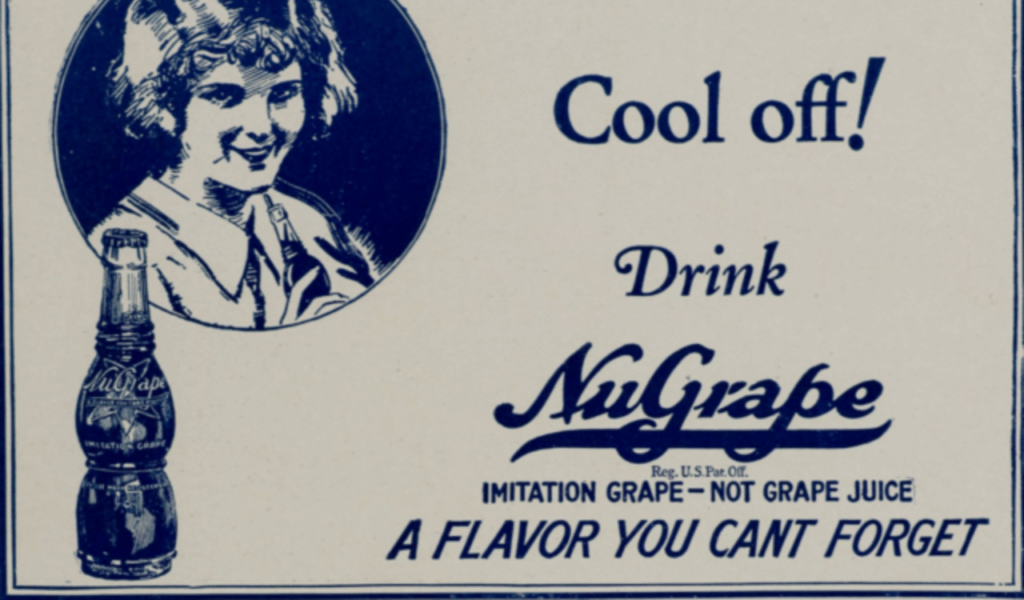
In 1921, NuGrape came out and rapidly became a popular drink in the South. This drink has a very sweet, fake grape flavor that makes you think of your childhood. In the middle of the 20th century, it established a loyal following and was often served with peanuts in glass bottles, which is a Southern tradition. Even though distribution has gone down, NuGrape is still accessible in some areas and specialty stores. This is a great way for enthusiasts of old-fashioned sodas and iconic grape flavors to relive the past.
12. RC Cola (1905)
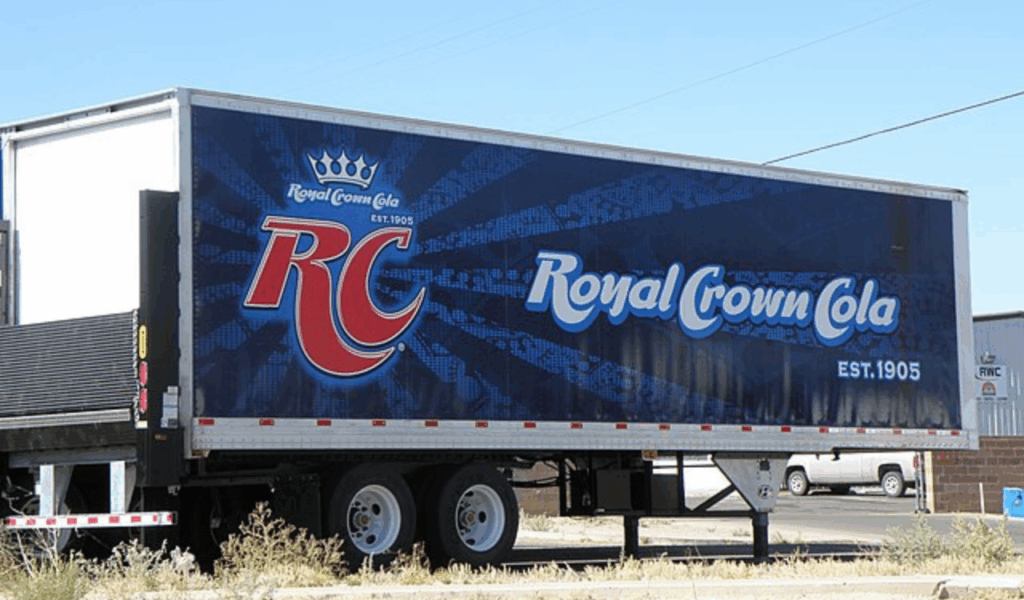
Royal Crown Cola, or RC Cola, was made in 1905 to directly compete with Coca-Cola. It became popular because it was the first soda to deploy a taste-test marketing campaign. RC Cola was popular in the South because it had a smooth, less sugary cola flavor. In 1958, the brand also came up with Diet Rite, the first diet cola. RC has never been more popular than Coke or Pepsi, but it has a dedicated following and is still made and consumed in the U.S. and other countries.
13. Squirt (1938)
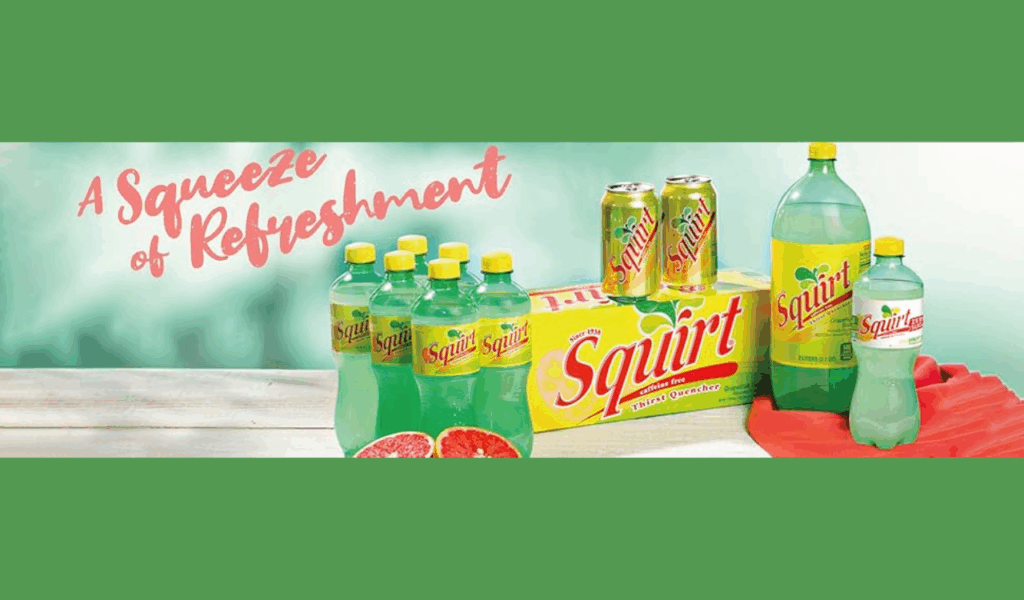
Squirt, a grapefruit-flavored soda that came out in 1938, was different from the many colas that were popular at the time. They said it was a cool drink that would relieve your thirst and was great for hot weather. People who want a Coke with a little more bite love it because of its slightly bitter, lemony taste. Squirt is still one of the most popular grapefruit sodas in North America, and people still use it to make drinks like the Paloma. Its long-lasting appeal comes from its sharp taste and many uses.
14. Nehi (1924)
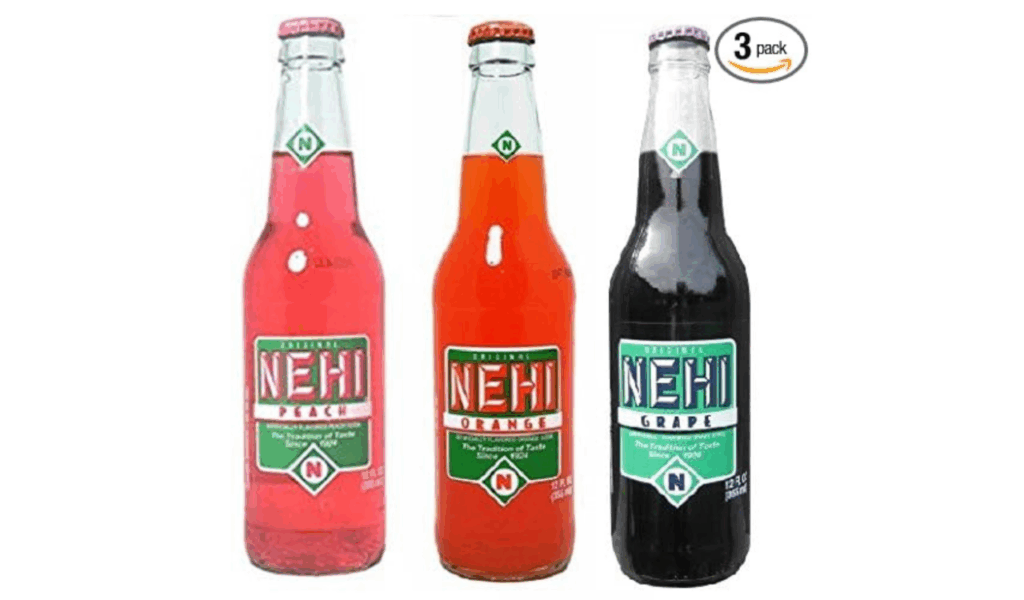
The Chero-Cola firm produced Nehi in 1924, and it became famous for its many fruit tastes, including grape, orange, and peach. The name derives from the fun marketing term “knee-high.” Nehi drinks became popular during the Great Depression because they were cheap and well-known. Nehi is still made by the RC Cola business, even though it isn’t as popular as it used to be. It has a nostalgic appeal and may often be found in old-fashioned soda stores. It is still an icon of the golden age of soda fountains in America.
